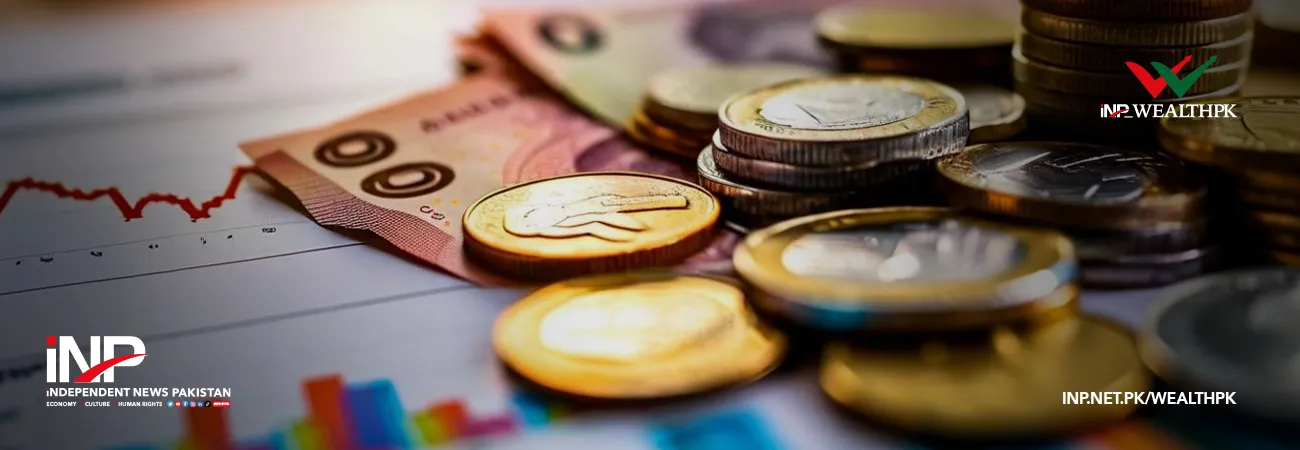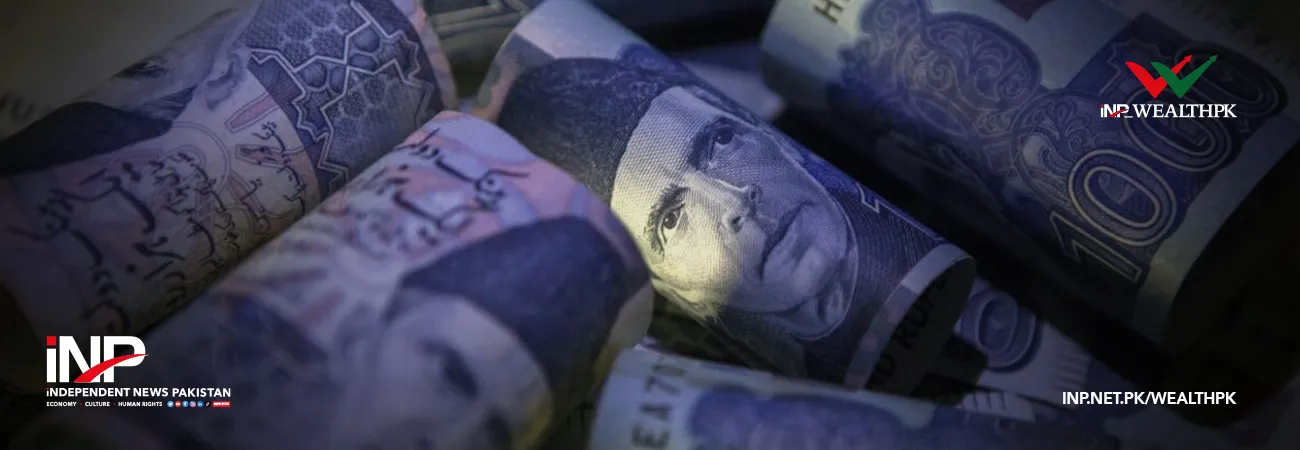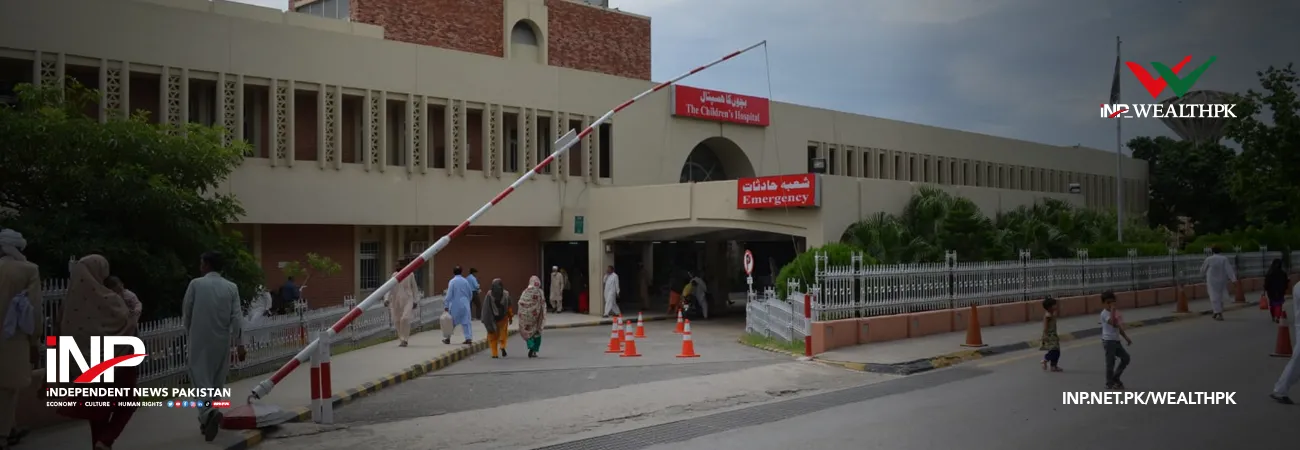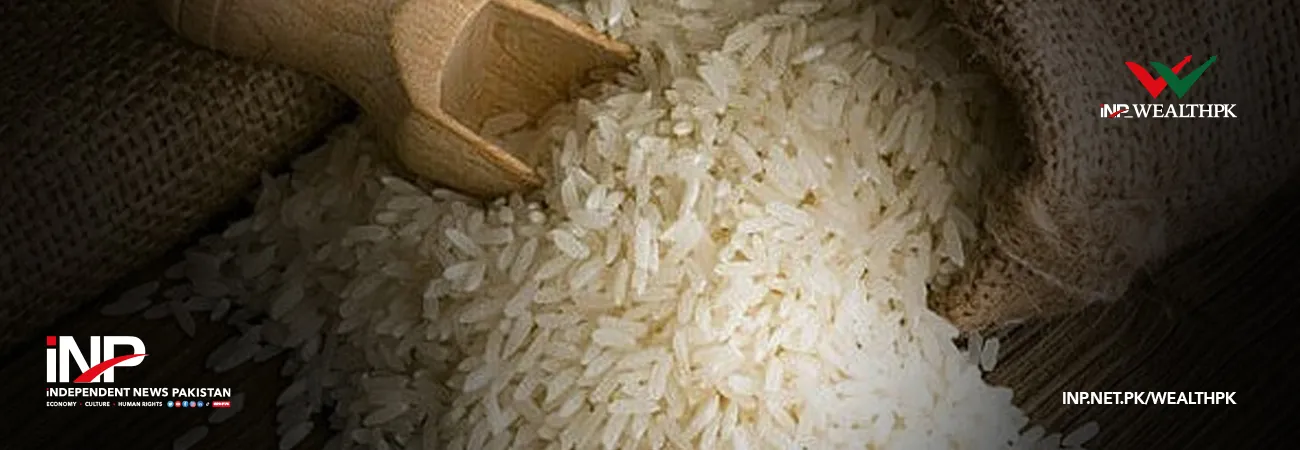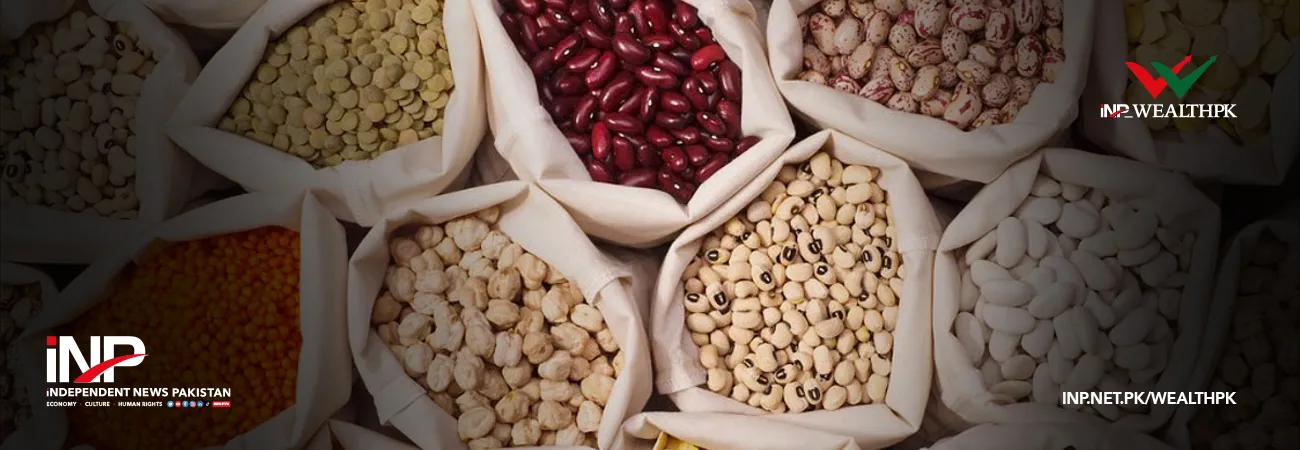INP-WealthPk
By Muhammad Mudassar ISLAMABAD, April 28 (INP-WealthPK): The China-Pakistan Economic Corridor (CPEC) is a key player in helping combat the chronic energy crisis in Pakistan, reports WealthPK. In June 2014, power generation was 1,400MW against a demand of 17,400MW, resulting in a shortage of 3,400MW. During that time, major cities and rural areas experienced approximately 6 to 10-hour load shedding. Owing to industrialization and population growth, the power demand has increased with time. In 2021, electricity demand was 25,000MW, but transmission and distribution capacity was 22,000MW. The same year, the generation capacity was 37,261 MW. The energy sector contributes significantly to economic growth. Energy is one of the primary driving forces behind economic growth and industrial productivity and is at the core of any modern economy. Official sources indicate that 10 energy projects have been completed and are generating electricity, six are currently in the construction phase, and five are under consideration. The major projects completed under the CPEC are Sahiwal Coal-fired Power Plant with a capacity of 1,320MW, Port Qasim coal-fired power plant with 1,320MW, China Hub Coal Power Project with 1,320MW capacity, and Engro Thar Coal Power Project with 660 MW capacity. As soon as the Covid-19 lockdown in Pakistan was lifted, almost all sectors of business, trade, and industry got back to work quickly. The reason for this can be attributed to CPEC energy projects, which have been actively and efficiently producing a significant amount of Pakistan's energy supply. Dr. Abedullah, Chief of Research at Islamabad-based Pakistan Institute of Development Economics, told WealthPK that the CPEC has a great deal of importance for Pakistan because it not only largely solved the country's serious electricity shortage but also brought advanced technology and job opportunities. According to him, the CPEC power plants are providing Pakistan with electricity at the cheapest rates. When this energy is transmitted through the High Voltage Direct Current (HVDC) line, it prevents a substantial amount of electricity from being wasted and eventually provides the consumers with cheaper electricity. He said currently over 18 percent of the country's electricity gets wasted due to the old transmission lines, but with the introduction of the HVDC transmission project for the first time in the country, the CPEC will help the country save energy, as the electricity wastage percentage in the Matiari-Lahore transmission line is only about 4 percent, which will make a huge difference. An increase of 18 percent in power demand has been observed in Pakistan's industrial sector, indicating an expansion of the industry. Thanks to the BRI, Pakistan is capable of meeting this demand and has injected sufficient power into the national grid to meet the demands of both domestic and industrial customers. The projects under CPEC will add more electricity to Pakistan’s system after completing the ongoing projects. In addition, they will also help the country generate more revenue by boosting its industry while improving the quality of life for its citizens.








